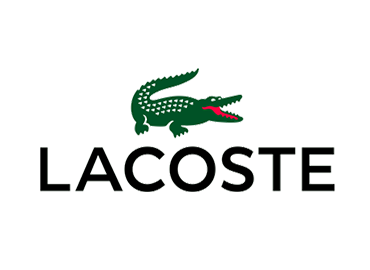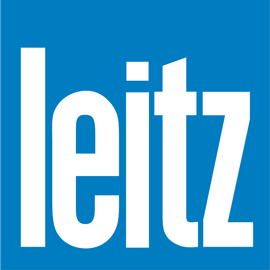Case Study
Case Study
Case Study
Case Study
Case Study
Case Study
Case Study
Case Study
Case Study
Case Study
Case Study
Case Study
Case Study
Case Study
Case Study
Case Study
Case Study
Case Study
Case Study
Case Study
Case Study
Case Study
Case Study
Case Study
Case Study
Case Study
Case Study
Case Study
Case Study
Case Study
Case Study
Case Study
Case Study
Case Study
Case Study
Case Study
Case Study
Case Study
Case Study
Case Study
Case Study
Case Study









































